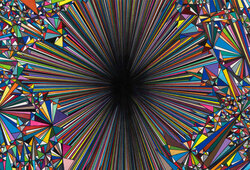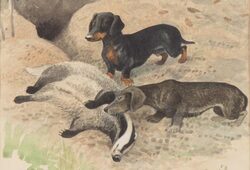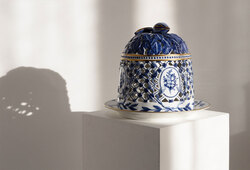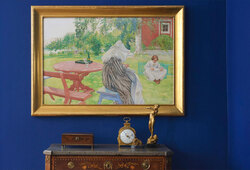Albert Edelfelt
ALBERT EDELFELT, A STUDY FOR THE PAINTING "INTERIOR OF A CROFTER'S COTTAGE"
Sign. Oil on canvas, 46x59,5 cm.
Exhibitions
Societé Nationale des-Beaux-Arts, Paris 1892, number 381. Intérieur (Finlande).
Literature
Bertel Hintze; catalogue no 504.
Picture: Anna Kortelainen, Puolivilli puutarha, Albert Edelfeltin Haikko. Otava 2004, p. 99.
More information
Albert Edelfelt (1854-1905)
Study for ”Interior of a crofter´s cottage”
Signed and dedicated: á Roll 1889.
In spring 1892, Edelfelt exhibited the work "Study for Interior of a crofter's cottage” (1889) together with five other paintings at the so called New Salon in Paris. The works were mainly portraits of different members of the Pasteur family and of prince Carl of Sweden. On show was also a painting of the port of Copenhagen, commissioned by the Russian Empress Maria Feodorovna, born princess Dagmar of Denmark. The interior from the cottage in Uusimaa was thus the only one of these works that had a connection to Edelfelt´s home region.
Since 1880, Edelfelt had exhibited works, in Paris, that showed rustic life near his home at Haiko in Uusimaa, in Finland.
Inspired by one of his closest friends, the artist Jean-Pascal Dagnan-Bouveret, he took an interest in the lives of those of the local population that represented the true spirit of his home region. In this painting, Edelfelt harmonizes the motif and the colourism where the emphasis is on the contrast between the reflection of light on the table and the gloomy interior of crofter Klang’s cottage where Tilda Klang, the young daughter of the house is looking after her little brother, Robert. This everyday scene gives an insight into the lives of the rural population, where children had to do house chores while their parents were working in the fields. The cottage was destroyed in a fire at the end of the 1940s.
The dedication “á Roll” indicates that Edelfelt and his French colleague, the artist Alfred Roll (1846-1919) had exchanged paintings.
Marina Catani
Artist
Albert Edelfelt is considered one of Finland's greatest artists of the 19th century. After studying in Antwerp and Paris, he settled in France, where he received several exhibition medals and was honored with the Legion of Honour, notably for the famous portrait of Pasteur. He was also summoned by Alexander III to St. Petersburg to portray the Tsar's children. Edelfelt often returned to themes from Finnish history, such as his illustrations for 'The Tales of Ensign Stål.'
Edelfelt's works display an artistic breadth that ranges from everyday life in the Finnish archipelago to prestigious society portraits and historical paintings. In his depictions of everyday life, he managed to merge traditional academic painting with the new techniques of plein air painting, which achieved great success in France. The painting 'The Funeral of a Child' was awarded a third-class medal at the annual Salon in Paris in 1880, marking the most significant international success for Finnish painting at the time.
Albert Edelfelt is primarily represented in Ateneum in Helsinki, but also in the National Museum in Stockholm, as well as museums in Copenhagen, Luxembourg, and Paris.
Read more




































